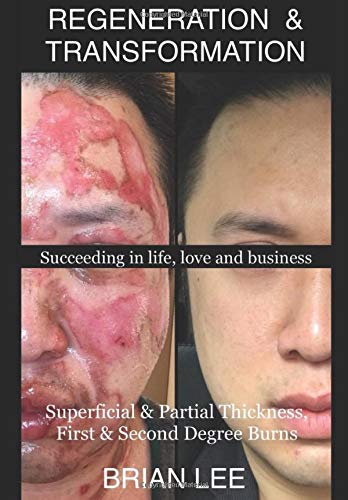
Second degree burns can damage tissue beyond the outermost layer of skin, resulting in extensive scarring, and can ultimately lead to death
Consideration should be given to what level of burns a person may have experienced in order to make an informed decision on whether or not they need skin grafting or a second surgery.
First-degree burns cover the outermost layer of the epidermis. They cause extensive pain, bruising, scabbing, and redness. However, unlike second-degree or third-degree burns, they do not cause death. Even second-degree burns that leave a small scar are unlikely to lead to death due to lack of adequate scarring.
Second-degree and third-degree burns cause serious damage to the dermal and epidermal layers of tissue. Damage can include loss of skin, a change in color (from red to pink), and ulceration of the area.
The treatment of a second-degree burn consists of removing damaged tissue through surgical techniques. The most common form of surgical treatment for burns is through excision. This procedure involves cutting away the affected tissue, while leaving the surrounding healthy tissue intact. Another method of surgical treatment is called photorejuvenation.
Secondary burns usually involve using lasers to stimulate the growth of new tissue. These methods are less effective and more expensive than those used for primary burns. It is important that patients choose one method over another based on their individual circumstances and the extent of their burns.
If the scarring left from your initial burn is too severe, you may be able to receive a skin graft. In this case, the excess skin is surgically placed in the area of scarred tissue. This procedure can be a good choice if the scarring has been so extensive that a second surgery will leave scarring behind as well.
Surgery is often the best option when there are several different levels of scarring. If a skin graft does not work because of an extensive scar, a first-degree burn can often be removed with surgery or photorejuvenation.
If you have a second degree burn, it is important to seek medical attention as soon as possible. Your doctor can help you determine if a skin graft will improve the appearance of your skin and if burns require a more invasive surgical procedure.
If you opt for a second-degree burn to correct a more severe condition, you may also want to consider other treatment options, such as laser treatments. You should consult your doctor or dermatologist before undergoing any laser treatment. This way, you can determine the type of skin graft that will improve the overall appearance of your body and the degree of scarring left over from the burn.
When choosing a skin graft, it is important to choose a qualified surgeon. The surgeon must know how to properly treat the burn. In addition, the burn must be large enough to allow the surgeon to do the necessary amount of work to remove the burn with the least amount of scarring. It is often used for scar management and skin rejuvenation Everlift.
One of the first things your surgeon will need to do is to analyze the burn. He or she will need to look at the burn, compare it to your skin, and estimate the amount of damage done by the burn. The surgeon will then decide the best method of treatment for your second degree burn.
Next, the doctor will assess the damage done to the skin by the burn. This information is crucial for making the appropriate decision about the burn to be treated.
If the burn is too large, the surgeon may not be able to do enough to repair the burn. He or she may recommend that your doctor perform an incisional flap surgery. After this procedure, the doctor may then make changes to the wound.
Leave a Reply